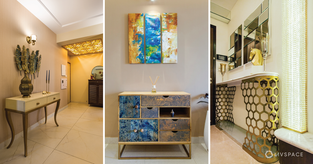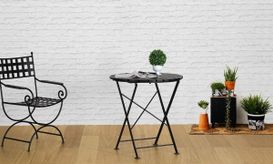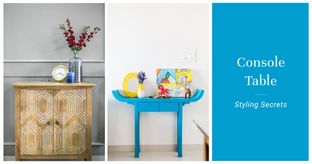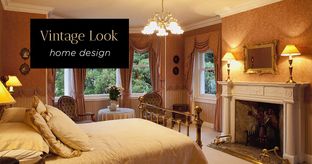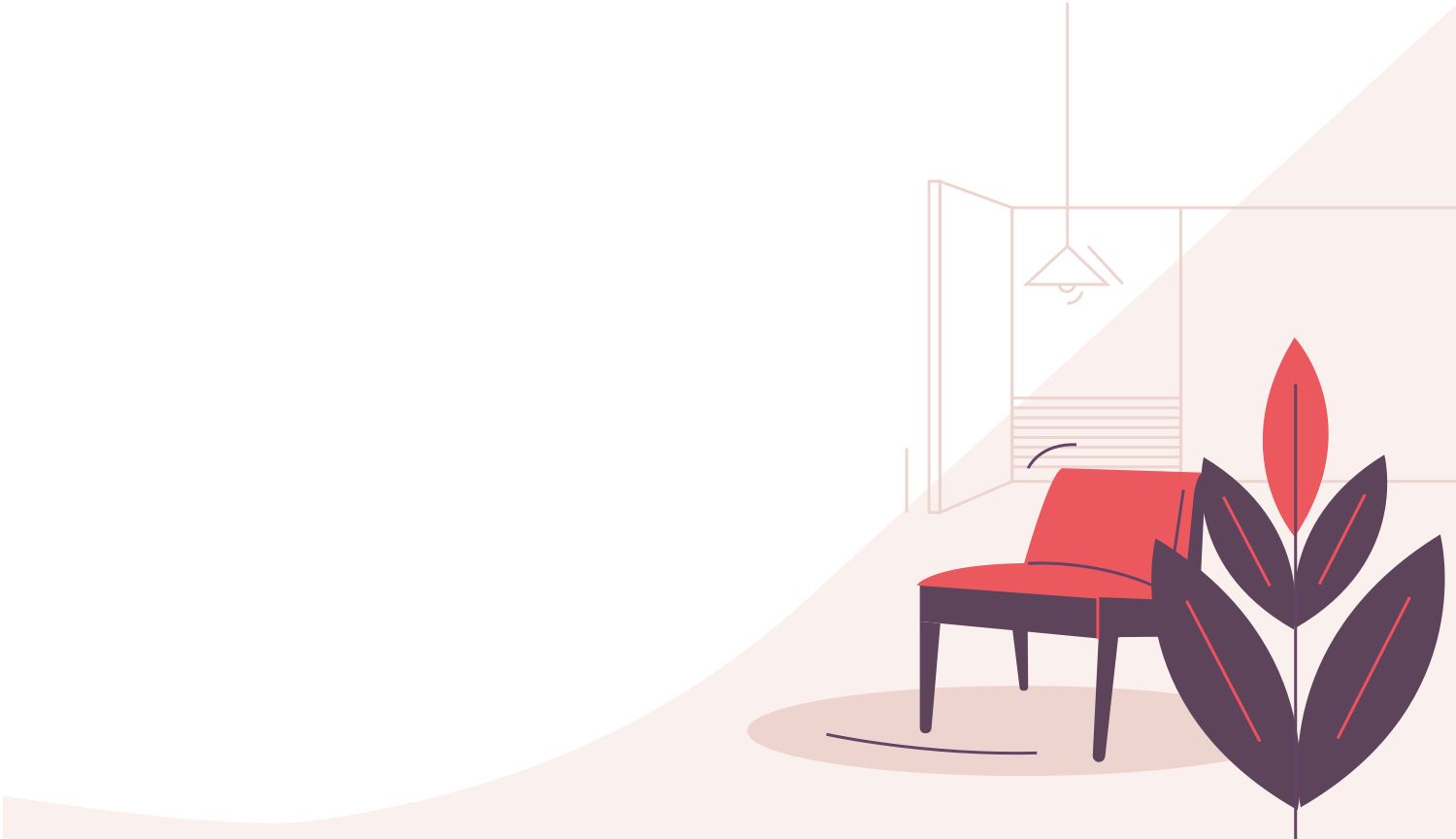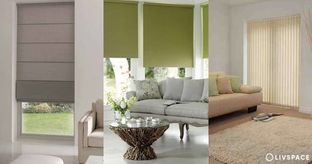Distressed furniture is a hugely popular trend in interior design, since these pieces can instantly add authentic character and vintage appeal to any space. Here we tell you how you can achieve the look for your furniture.
What is distressing?
Distressing is a technique used to make furniture appear aged, giving it a weathered look. The furniture is made to appear “distressed”, through the deliberate infliction of scratches, dents or chips and general wear-and-tear. Mostly, it’s wooden furniture that is distressed, as it makes it look elegantly chic.
If you are planning to distress any wooden furniture and give it that rustic look, listed below are some DIY tips to help you out. You must be careful with it, as overdoing any of the methods, can damage the surfaces.
Preparing the surface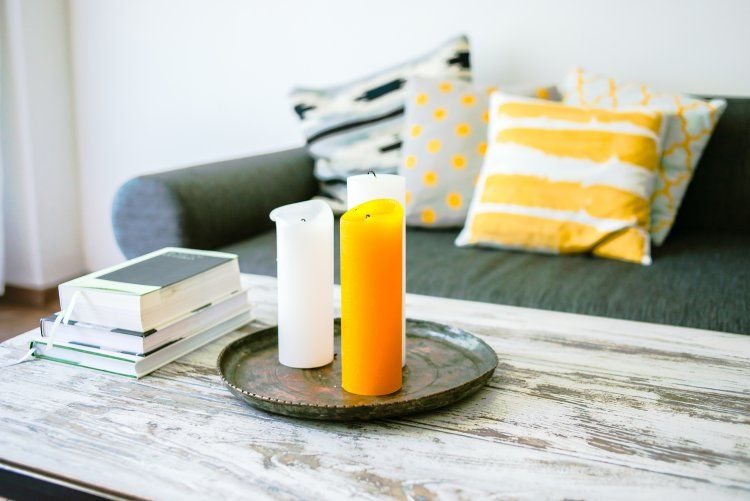
First, lay the furniture in an open area to facilitate easy movement of hands while distressing. Start prepping the furniture by evening out the surface. Use sandpaper for latex paint removal and mineral spirits for oil-based paint removal.
Distressing technique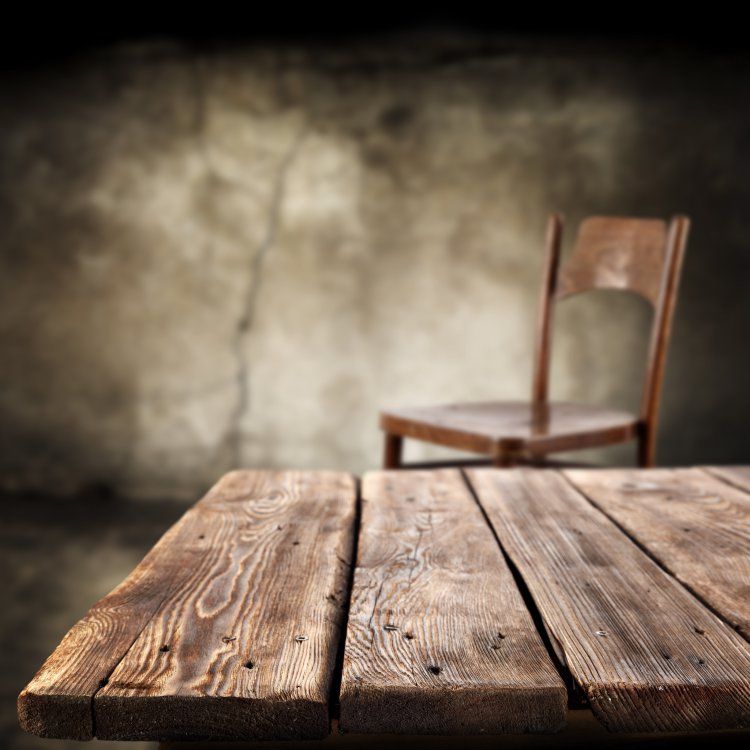
- Take a sock and fill it with screws or nails. Start hitting the wood at one end and work your way to the other end. This way the wood’s surface is marked up gradually.
- Hitting the wood with a hammer or a rubber mallet can also leave impressions and dips on the wooden surface.
- Using drywall screws attached to a piece of 2×4 for heavy “wormholes” is another method. Attach about 6-12 screws carefully so that they’re sticking out at a uniform level, then hammer repeatedly to create the wormhole effect. For a lighter effect, a small screwdriver can be used to puncture the same portion of the surface of the wood lightly.
- Petroleum jelly, like Vaseline or Vicks VapoRub, can create a distressed look when you’re using multiple coats of paint. Use one layer of paint, let it dry. Then add the petroleum to areas you want distressed; repeat to produce the desired effect.
- The pointed tip of a shoe heel creates a nice crater. Hit in random spots and use different amounts of force.
- Using steel wool and vinegar is another easy method. Put steel wool in a glass jar filled with plain white vinegar overnight. In the morning, the steel wool should be mostly dissolved. Paint the steel/vinegar mixture onto bare wood with a brush. Watch as the vinegar solution reacts immediately with the wood. This technique is used primarily to age the wood, as opposed to distress the wood, although it has a very similar feel.
- Using a small chisel, a pry bar or the claw of a hammer to chip away at the edges of the piece of wood can also be considered.
Finishing the process
- Rub wood stain with a rag across the surface of the wood, making sure to cover the areas with deep grooves and nicks. Use of a stain that complements both the colour and type of wood is important in this method.
- Milk paint mixed with water (1:2) can be considered as well to give the furniture a different coloured finish.
- Brown or gray-toned glaze brushed over the distressed wood with a dry brush can give a glazed look.
- Application of a clear sealer over the piece locks in the stain or glaze. If the sealer appears too glossy, buff to dull the shine.



